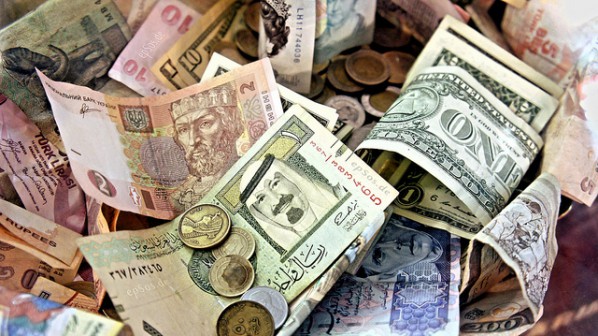Understanding the Ins and Outs of Foreign Exchange Rates

If you’ve traveled anywhere overseas, you will have had to change the currency you use, trading in one type of money for another. Beneath this simple switch lies a complex world of economies and finance that makes up the global marketplace. In this guide, we will go over some of the basics so that you understand a bit about how this field actually works.
What Does Money Cost?
Everything on Earth has a value that society places on it. From fruit to computers, we are willing to spend a certain amount of cash on those objects. From one country to another, these values can shift and change, meaning that the worth of the currency there also differs. When changing money, the rate will let you know exactly how much of the new currency you’ll get for the old one. This will ensure the total value of what you hold remains the same regardless of the type of money you have.
But What Dictates Cash Value?
In the past, a note or coin was worth a specific amount of gold being tied together in a close relationship. When the value of one rose, the other rose along with it. These days, however, this connection has been severed due to inflation and global events. Now, the intrinsic value of money is tied to the market. For example, if US Dollars are in high demand, their value goes up. If the government prints more notes (thus increasing supply), the value goes down. Thus, multiple factors come into how much a particular currency is worth and what the exchange rates are when switching to another monetary system.
Types of Rates and Systems
Since the world of finance is so complex, it is no wonder why there isn’t just one form of exchange rate. In fact, currencies are a lot like retirement schemes in that a handy tool such as a pensions calculator is generally required to work out what is what. In today’s world, exchange rates come in two forms: floating and pegged. Stable economies tend to opt for the former as the rates can shift and change to reflect the internal condition of that nation. Excessive economic and political changes can have severe effects on this type of rate though, meaning that care must be taken.
For more unstable countries, a pegged exchange rate is preferred. In this case, the local currency is artificially fixed to another one, removing any fluctuations that may occur. This can be effective to reduce inflation but can also result in black market trading if the street value differs significantly from the government’s stated rate.
In truth, most countries use a combination of the above systems. First, they will peg their currency to another nation’s money to ensure stability over the short term. At regular intervals, they will evaluate this pegged exchange rate, working out whether to raise or lower it to suit the current global conditions. This then provides the least amount of risk with the greatest benefits.
Would you like to receive similar articles by email?





